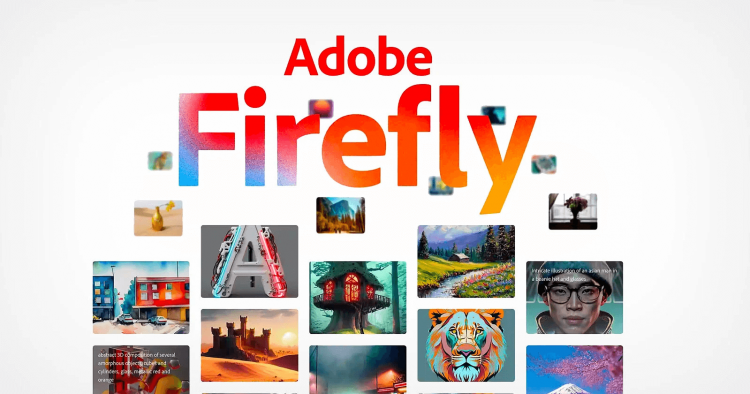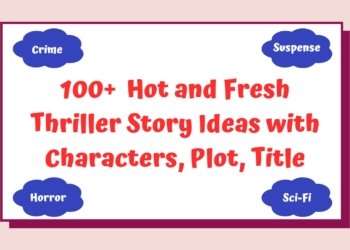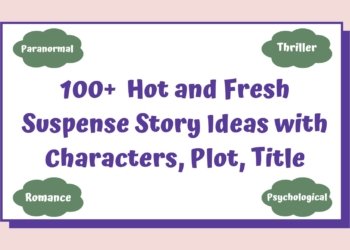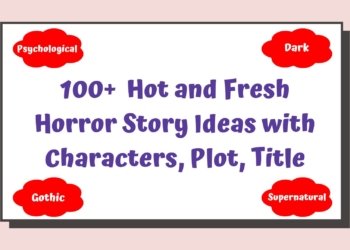No products in the cart.
Adobe Firefly AI Beta is Out. What’s Hot About This?
FireFly has ushered in a new era of creative possibilities, one that has the potential to revolutionize how we interact with and perceive the digital landscape. The future of creativity is upon us, we can only imagine the incredible innovations that lie just beyond the horizon.
Nothing is more controversial right now in the fields of art and design than generative AI models. Artificial content producers are surrounded by ethical and copyright concerns, from ChatGPT to DALL-E 2. The fact that Adobe’s launch of its own generative AI models is so focused on transparency, ethics, and content credentials may not come as a huge surprise.
A set of generative AI models called Firefly has been introduced by Adobe and is “intended to be safe for commercial use.” Firefly is already available in beta, and the capabilities, which include tech-to-image generation, will first be integrated into Adobe Express, Photoshop, and Illustrator. The Adobe Firefly beta features a text-to-image generator, the ability to design images in various ways, and text effects, which let users add textures or styles to text with a thorough written explanation.
Adobe is quick to point out that while many of these capabilities are similar to those that have alarmed groups like Stable Diffusion, it does not see AI as a replacement for artists and instead sees it as “a co-pilot” for creatives. According to the firm, “Adobe has shown itself a trusted partner when it comes to harnessing the best of AI, delivering value to clients while maintaining a strong ethical foundation.” Adobe is approaching generative AI thoughtfully, using both its own expertise and the pooled knowledge of the larger creative community to produce something unique and beneficial for all consumer segments.
To begin with, Firefly is trained on Adobe Stock images, openly licenced content, and public domain content where the copyright has expired. It will concentrate on images and text effects and is designed to generate content safe for commercial use to “help ensure Firefly won’t generate content based on other people’s or brands,” Also, Adobe is introducing the “Do Not Train” tag, which will “stay connected with material wherever it is used, published, or kept,” for creators who do not want their work to be used in model training.
What Does Adobe Firefly do Exactly?
An AI model that was developed on Adobe Stock photos is present in the Firefly beta, although it was only trained on photographs with an open licence, those that were already in the public domain, or those whose copyright had expired. This enables Firefly to create new images from a few user-supplied keywords or modify/expand existing photos to meet the requirements.
Also, you can choose an object from a drawing and request that Firefly create some replacements. For instance, choosing a car in a setting will generate alternate cars, but Firefly assures that they will also blend in with the surroundings. If you ask Firefly to create variations on a vector sketch, it can be done in the same way.
Video and audio editing will eventually allow for comparable outcomes, but for the beta, the emphasis is on image and text effects.
Adobe Firefly Core Features
1. Text Effects
Adobe’s FireFly greets you with a sense of cohesiveness and clarity that is energising and exciting as soon as you open it. Particularly impressive as a fantastic venture into generative AI is the Text Effects tool. It is a beautiful fusion of typography and technology that gives the written word a fresh new lease on life. Users can easily turn ordinary text into intricate, captivating graphics that dance across the screen, showcasing the actual potential of both artificial intelligence and human ingenuity, with only a few quick clicks.
2. Text to Image
You can take full control over the creative process:
- Aspect Ratio
- Style
- Colors
Beyond just aesthetics, FireFly offers a user experience that is nothing short of extraordinary. It is clear that Adobe has given careful consideration to designing an experience that keeps its users engaged and ready to push the boundaries of their creativity from the speed and efficiency that characterise this ground-breaking product. Also, it serves as an exhilarating reminder of the generative AI’s unrealized potential.
Conclusion
Firefly is similar to other text-to-image AI like DALL-E and Midjourney. But it’s avoiding ethical pitfalls by leveraging Adobe Stock images. This minimises the risk of generating content based on other people’s intellectual property.
Firefly’s beta is a step forward. In the future, Adobe will let you train Firefly with your own materials, allowing you to create content in your voice. This will be the tipping point—when the AI helps you be more human.











